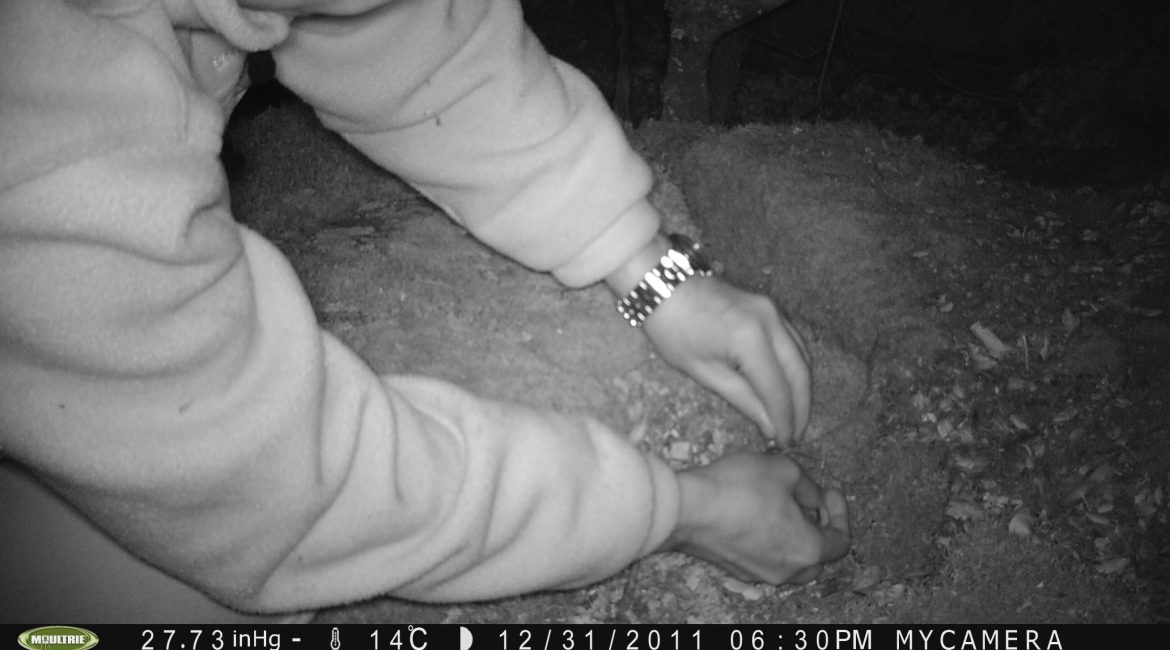We would like to comment on the interesting article by D.G. Rocha, et al, published in the Journal of Zoology, of the Zoological Society of London, 2016, with the following title: “Baiting for carnivores might negatively affect capture rates of prey species in camera-trap studies“.
In this article, it is stated that in the identification studies of medium and large carnivores by photo-trapping, due to their low densities, baits are often used as attractants, to increase the number of photographic records, which would otherwise be scarce.
For this purpose, several photo-trapping cameras were placed in the central area of the Brazilian Amazon and the effect of baits, common in these studies, such as a mixture of fresh sardines and eggs, was studied. The objective was to check whether the records of carnivores and their prey species increased with this attractant, or not, and whether the quality of the records/identifications of individuals increased with the use of the bait.
They found that, although the number of carnivores records increased with the use of bait, there was no increase in the number of individuals identified. That is, the animals were still the same as those recorded by the cameras without bait, but they were photographed on more occasions, and therefore did not serve as an advantage for the individual identification of carnivores.
Similarly, it was found that the number of records of prey species clearly decreased in the photo-trapping stations where bait was used. In conclusion, the authors recommend that the use of bait in photo-trapping studies should be considered very carefully.
This leads me to reflect on something that I have been discussing for many years in courses, articles and in conversations with photo-trapping enthusiasts. We should not do what others do, just because it seems usual, but have our own criteria and think about it before engaging in photo-trapping activities.
Depending on the objective, of course, we may have more design constraints. It is not the same to put the camera to see what comes out, just for the pleasure of observing the fauna, than to embark on a deeper study of the composition, structure and dynamics of the faunal populations. Therefore, these aspects can also be ethical or methodological issues.
It is true that, using bait, it is faster for some species to appear in front of the camera the first few days, but in the long run we will also see how the possible attraction effect decreases and the animals start to parade in front of the camera without problems. Then, why do we put bait? Is it perhaps just what we are told to do?
In my opinion photo trapping is a way of being able to see what is happening in nature without being there. So we should not try to see a conditioned, transformed, adulterated nature, but to see what happens naturally, without interventions.
In short, unless it is essential, for justified reasons, I think we should stop putting baits in front of the cameras, because they affect the results, because they are harmful to the animals, they transform their behavior and above all, because we should be respectful with what we love.

